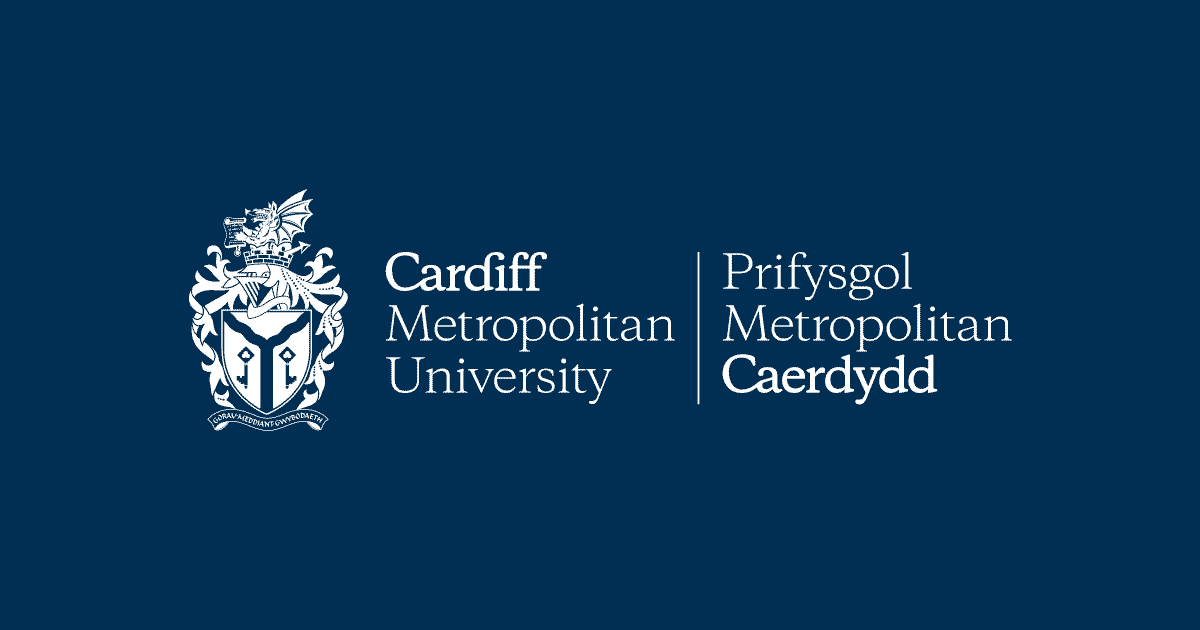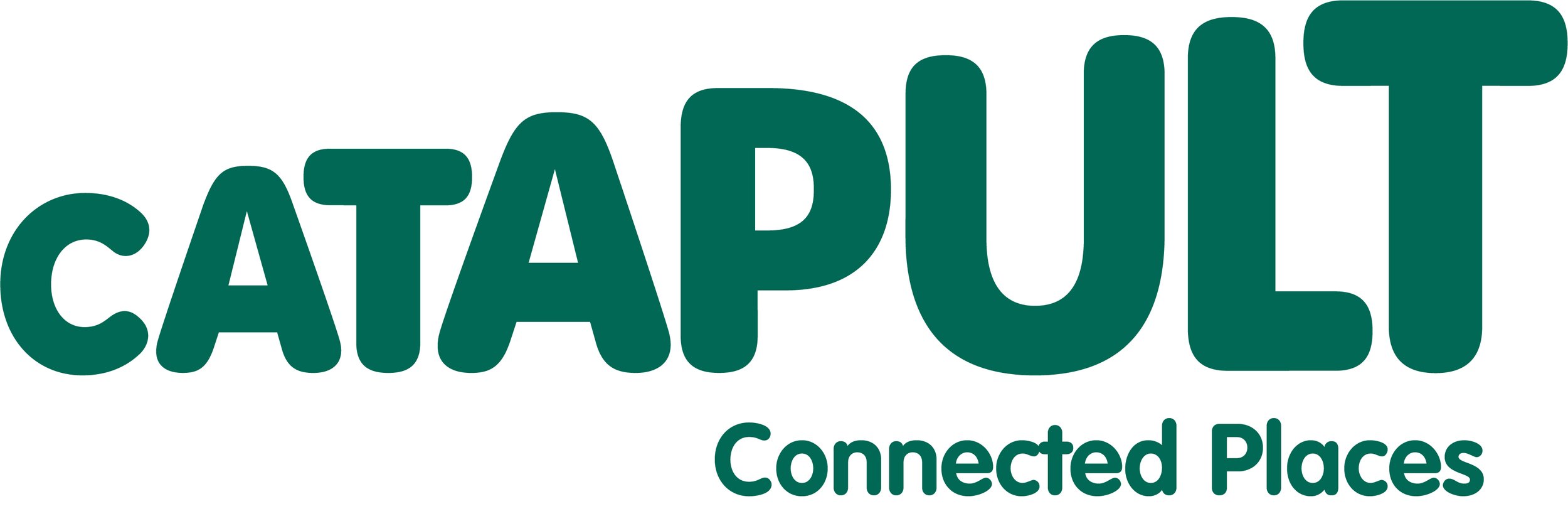Virtualise. Federate. Interoperate. The core technology for sharing data, securely, selectively, and at scale, across multi-party ecosystems.
‘One of the biggest challenges for the defence industry is how do you actually share data - intellectual property - with somebody that is simultaneously your partner and your competitor?’
- Louise Donaghey, Services Programmes Director, Rolls-Royce
The Power of Data Ecosystems
‘Up to 80% of productive time is wasted finding data or making requests for data that has already been made available’
- Gartner 2020
Privacy concerns, data siloes, and integration complexities can prevent ecosystems of organisations from working together and sharing data effectively. This can prevent collaboration, delay decision making, and inhibit the testing and adoption of technologies.
IOTICS allows access to valuable data that already exists within ecosystems. Data that is often hard for either humans or machines to find and use effectively.
Organisations who use our patented technology are boosting market agility, accelerating decision-making, and delivering quicker time-to-value across their ecosystems of partners, customers and competitors.
With IOTICS, it's simple to start sharing data securely across your ecosystem. IOTICS’ hosted service virtualises assets, data and systems, unlocking the value of dynamic and static data, while maintaining data security, governance and privacy.
The right data, to the right people, at the right time
A decentralised data architecture with federated semantic knowledge graphs, IOTICS data access layer provides an ‘Infinite API’ that serves as a single entry point to access your entire ecosystem, bringing seamless solutions to your data challenges.
Whether implementing hybrid Data Meshes, Cyber-Physical Fabric, or data-space-based architecture, IOTICS partners and customers recognise the complexities and challenges within their organisation, industry or sector.
Learn more about the organisations embracing agile and innovative data practices with IOTICS technology in our Case Studies.
-
A data access layer provides simplified access to data stored within an ecosystem. Data from legacy and new sources is made available with owners deciding what, how, when and with whom they share information. Data consumed from within the ecosystem can be enriched through users’ analysis and AI/ML tools and then shared back through the data access layer.
-
A Data Mesh is an architecture that describes some of the key concepts involved in working with distributed data ecosystems, including domain ownership, data as a product, self-serve data platforms, and federated computational governance. Traditionally data mesh has been consigned to a single cloud vendor or operating only on a single vendor platform. With IOTICS hybrid data mesh, multi-vendor data mesh and multi-platform data mesh are all deliverable today.
-
A cyber-physical fabric refers to a sophisticated and interconnected system that combines elements of both the digital or cyber world and the physical world. This concept is often associated with the Internet of Things (IoT) and Industry 4.0, where various physical objects, machines, and devices are integrated with digital technologies to create a seamless and intelligent network. IOTICS’ hosted service enables the digital threads to be woven together in multi-party, multi-governance fabrics.
FAQs
-
A decentralised data architecture is simply an architecture in which data is stored in multiple locations, either physically or logically separate. It also implies a common data access layer to that data. Data Mesh is an example of a decentralised data architecture. A cyber-physical framework may use a decentralised data architecture in its implementation.
-
IOTICS supports secure selective sharing across organisational boundaries. We do this using a decentralised data architecture with semantic knowledge graphs. Organisations can add context to their streaming data, sharing information and insights with other organisations within their ecosystem. Federated knowledge graphs enable users to query across operational boundaries, finding, accessing, and interoperating information.
Meet the Team


















